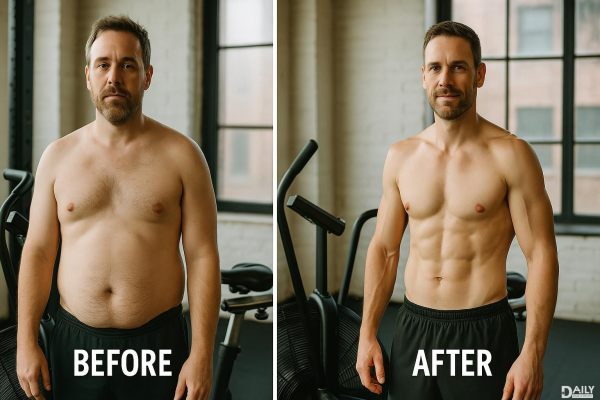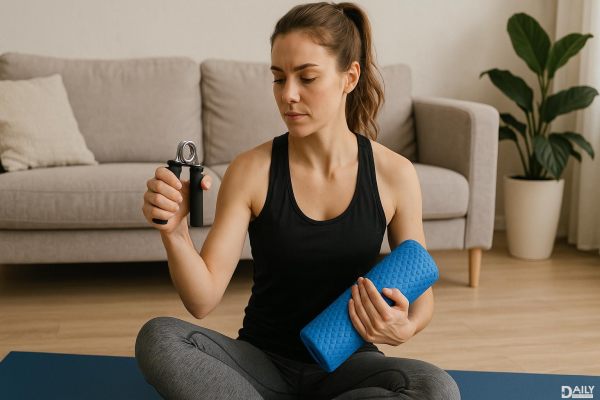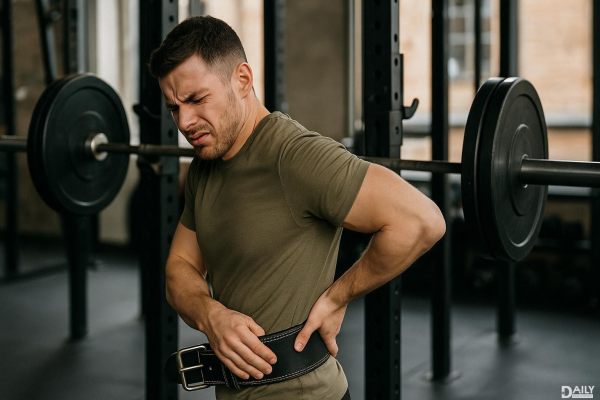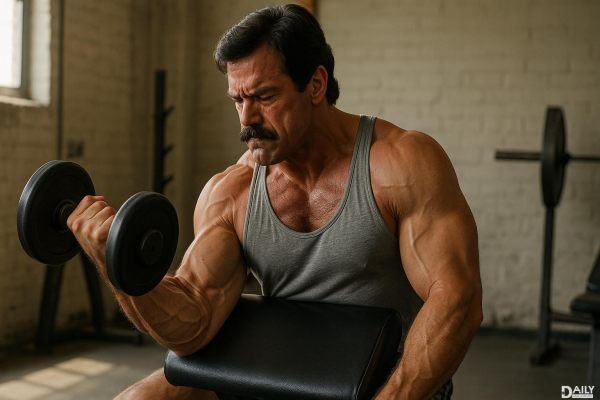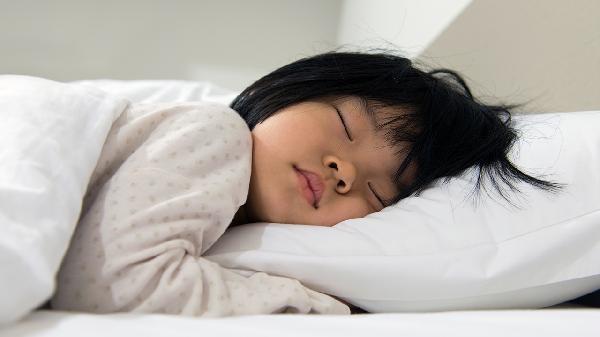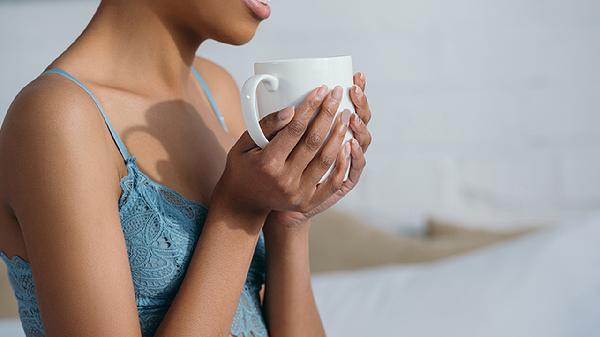If you've ever scrolled through fitness TikTok, you've probably seen those sleek, intimidating machines that look like they belong in a sci-fi movie. That's the reformer—the star of both Pilates and Lagree workouts. While they might look similar at first glance, these two fitness methods are as different as yoga and CrossFit. One focuses on mindful movement and rehabilitation, while the other is all about muscle-shaking intensity and strength gains. So before you book that next class, let’s break down what sets them apart—and how to choose the right one for your goals.
The Origins: Where Pilates and Lagree Came From
Pilates has been around for over a century, created by Joseph Pilates as a way to help injured soldiers regain strength and mobility. It’s rooted in controlled movements, breathwork, and alignment—kind of like yoga’s more structured cousin. Fast forward to the late '90s, and Sebastien Lagree, a fitness trainer in LA, saw clients who loved Pilates but wanted faster, more dramatic results. So he took the reformer, tweaked it into what’s now called the Megaformer, and designed a workout that’s basically Pilates on steroids. The Lagree Method was born, blending strength training with endurance in a way that leaves muscles trembling (in the best way possible).
Equipment Showdown: Reformer vs. Megaformer
At first glance, the machines look similar—both have springs, straps, and a sliding carriage. But the devil’s in the details. A traditional Pilates reformer is smaller, often made of wood, and focuses on smooth, controlled movements. The Lagree Megaformer? Bigger, with two sliding platforms and way more resistance options. It’s built for high-intensity, muscle-fatiguing moves that keep you in constant tension. Think of it like the difference between a leisurely bike ride and sprinting up a hill—same basic idea, totally different experience.
Class Vibes: Zen vs. Burn
Walk into a classical Pilates studio, and you might find soft lighting, minimal chatter, and a focus on precision. It’s more about the mind-body connection than breaking a sweat. Lagree studios, on the other hand, often feel like a nightclub—loud music, high energy, and an instructor pushing you to your limits. That’s not to say Pilates can’t be challenging (holding a teaser for 30 seconds is no joke), but Lagree is designed to make you shake, sweat, and feel the burn from head to toe.
Who Should Try Which?
If you’re recovering from an injury, want to improve flexibility, or just prefer a slower, more mindful workout, Pilates is your best bet. It’s great for building core strength without overloading your joints. But if you’re after visible muscle tone, fat loss, or a workout that doubles as strength training, Lagree is the way to go. Just be prepared to embrace the shakes—your muscles will be working in ways they never have before.
At the end of the day, both methods have serious benefits, and there’s no wrong choice. Whether you’re team Pilates or team Lagree (or both!), the most important thing is finding a workout you enjoy—because that’s the one you’ll actually stick with. Now go forth and get moving—just maybe stretch first.

